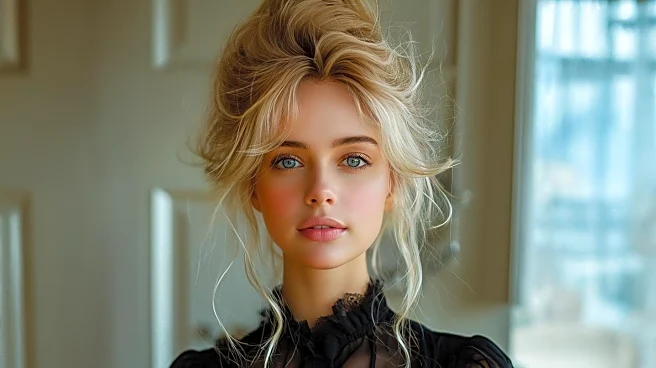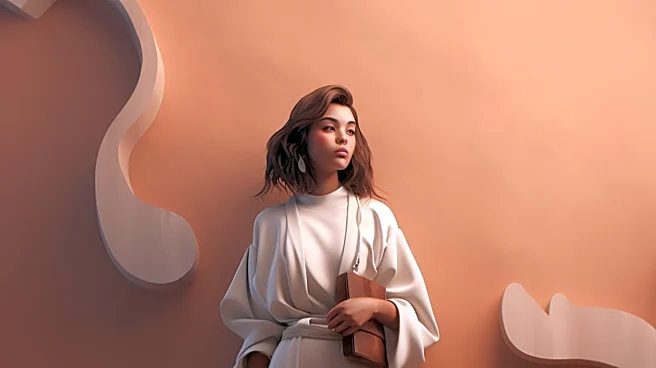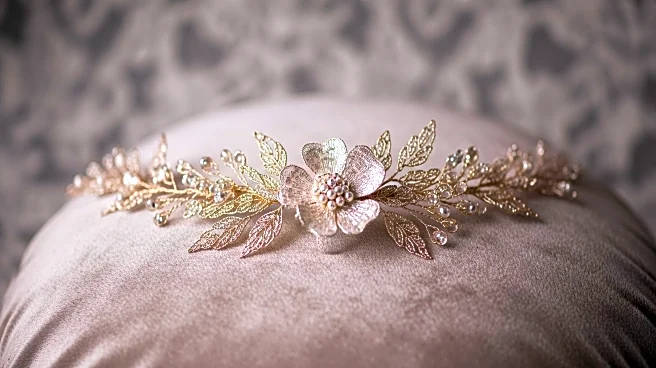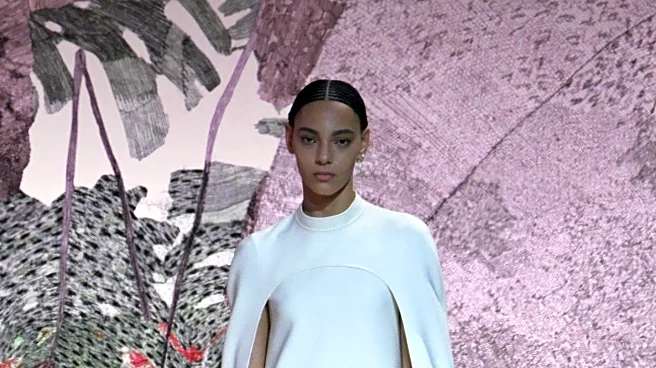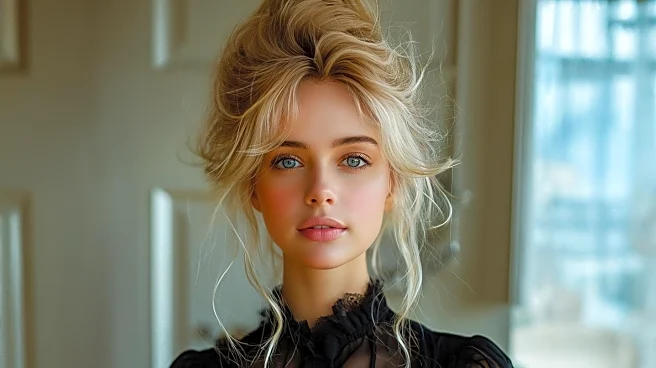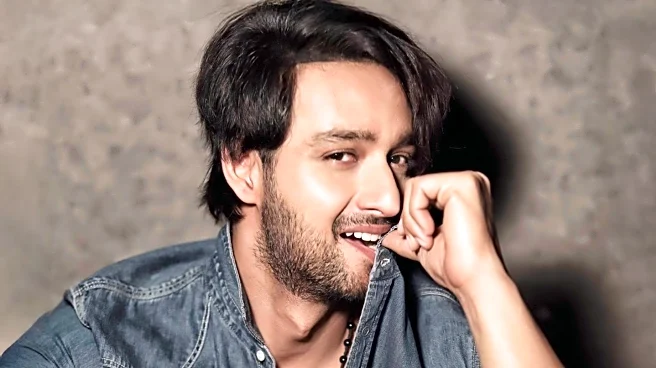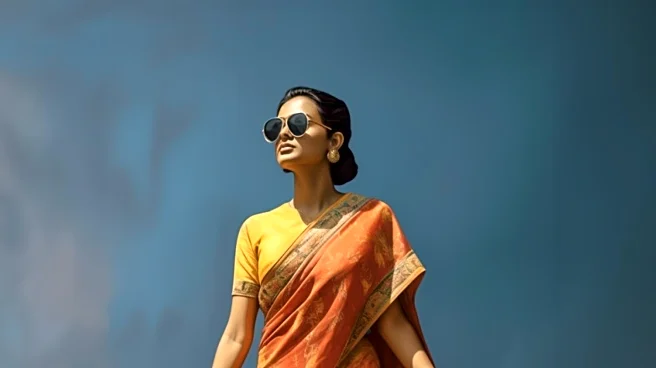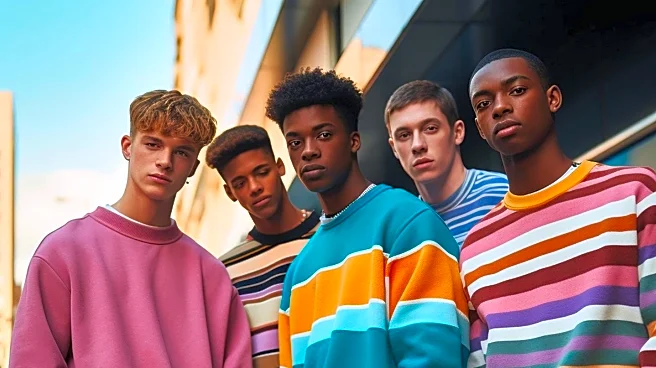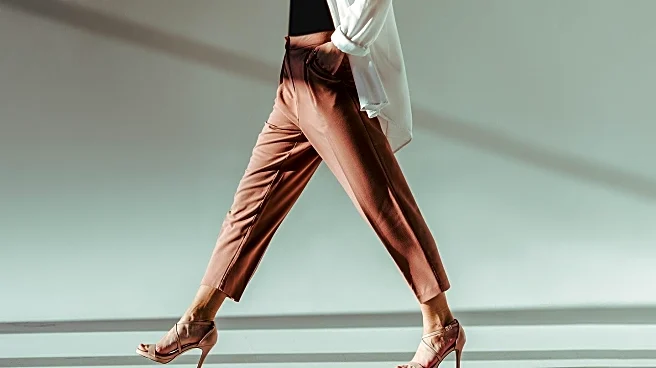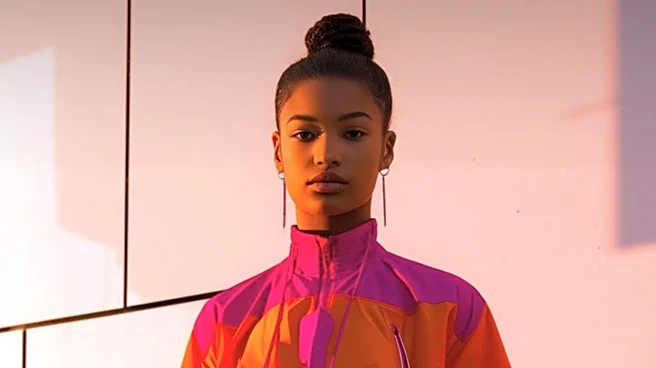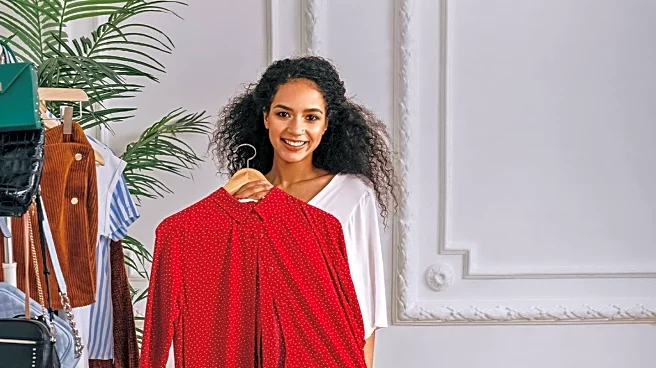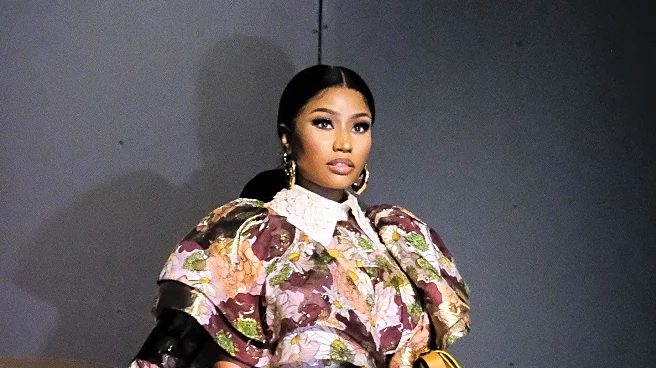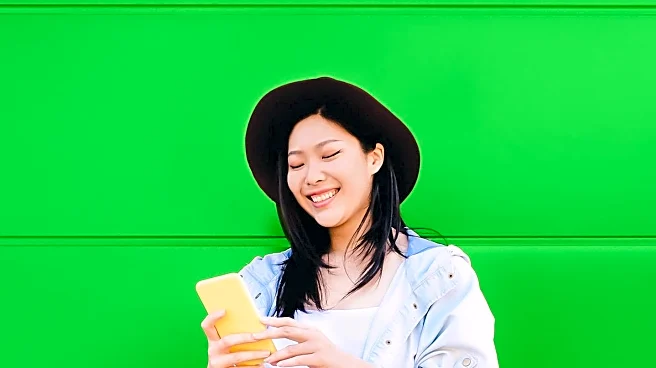What is the story about?
What's Happening?
Messy hair is set to become the hottest trend for Fall 2025, as seen on the runways of major fashion houses like Prada, Miu Miu, and Dolce & Gabbana. Stylist Guido Palau describes the trend as modern and irreverent, giving a nonchalant air that is attractive. The look is characterized by ruffled ends, unkempt bangs, and tousled tresses, suggesting a carefree yet stylish appearance. Despite its seemingly casual nature, the trend is not about looking lazy but rather about expressing a free-spirited attitude. The messy hair trend challenges traditional beauty standards, encouraging a more relaxed and individualistic approach to hairstyling.
Why It's Important?
The rise of messy hair as a fashion trend reflects a broader cultural shift towards embracing imperfection and individuality. This trend challenges conventional beauty norms, promoting a more inclusive and diverse representation of beauty. It may influence hairstyling products and techniques, encouraging the use of products that enhance natural hair movement rather than rigid styling. The trend could also impact consumer behavior, with individuals seeking hairstyles that align with their personal lifestyles and values. As fashion continues to evolve, the acceptance of messy hair may lead to greater experimentation and creativity in personal styling.
What's Next?
As messy hair gains popularity, hairstylists and salons may adapt their offerings to cater to this trend, potentially influencing the types of services and products available. Fashion brands may incorporate this trend into their marketing campaigns, highlighting the appeal of effortless and natural beauty. The trend could also inspire collaborations between fashion and beauty brands, promoting products that enhance the messy hair look. As consumers embrace this trend, there may be increased demand for hair products that support natural texture and movement, driving innovation in the beauty industry.
Beyond the Headlines
The messy hair trend may have deeper implications for societal attitudes towards beauty and self-expression. By challenging traditional beauty standards, this trend encourages individuals to embrace their natural appearance and express their unique identities. It may also reflect a growing desire for authenticity and simplicity in fashion and beauty, influencing cultural and artistic expressions. As the trend continues to evolve, it could lead to a broader acceptance of diverse beauty ideals, promoting inclusivity and diversity in the industry.
AI Generated Content
Do you find this article useful?
